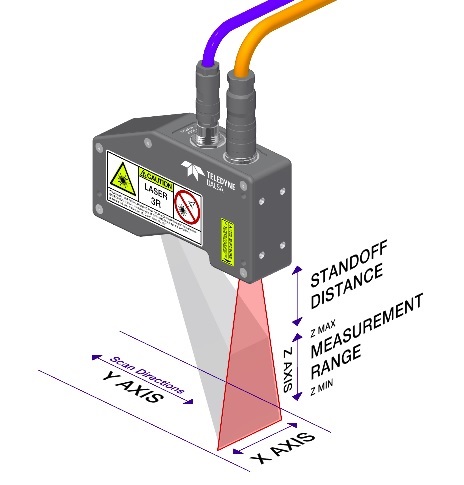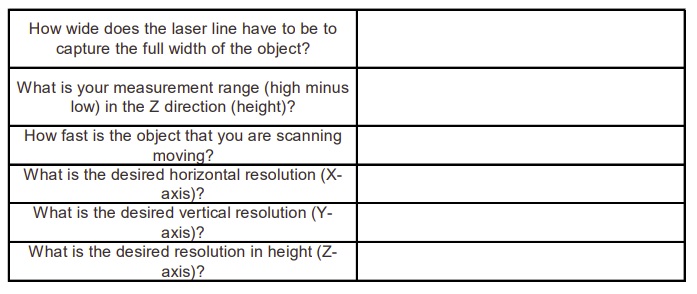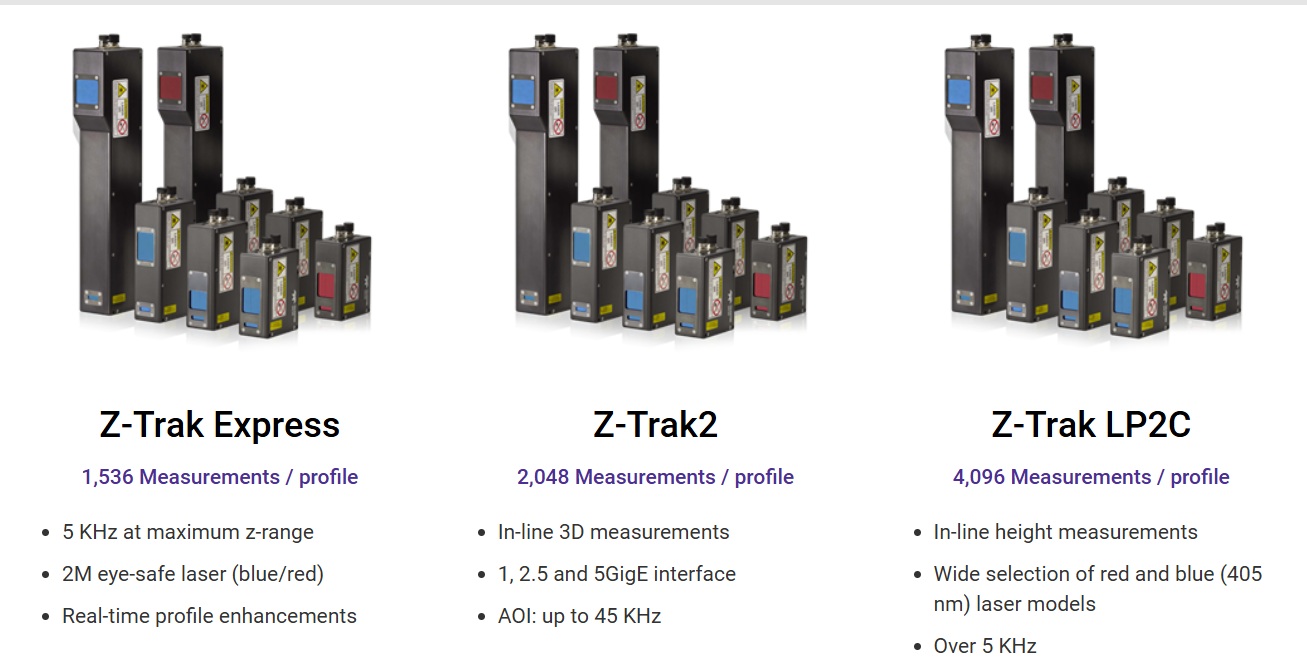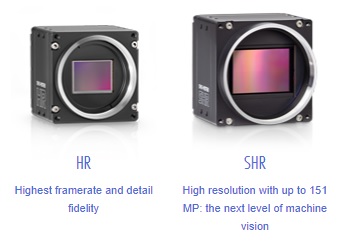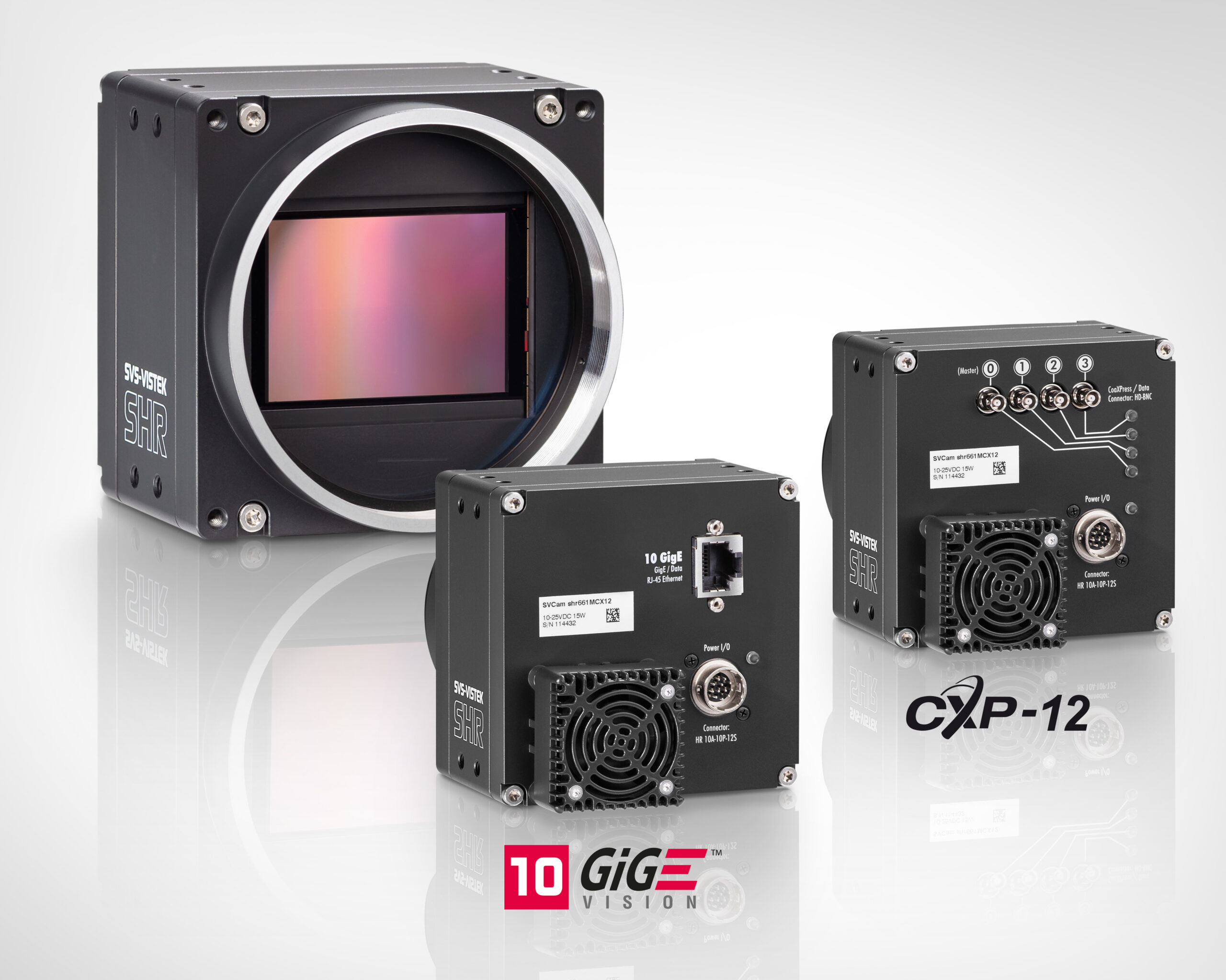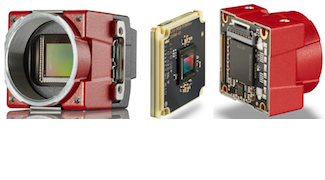Recently released Goldeye G/CL-008 XSWIR cameras with QVGA resolution extended range InGaAs sensors offer two sensitivity options: up to 1.9 µm or 2.2µm.
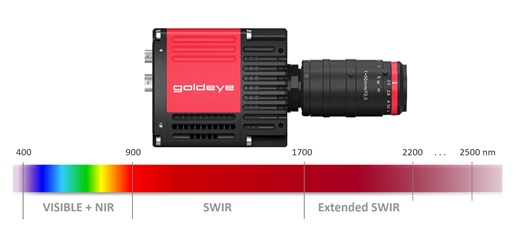
The Extended Range (ER) InGaAs sensor technology integrated into the new Goldeye XSWIR models provides high imaging performance beyond 1.7 µm.
The cut-off wavelength can be shifted to higher values by increasing the amount of Indium vs. Gallium in an InGaAs compound. Corresponding sensors can only detect light below the cut-off wavelength. In the Goldeye XSWIR cameras there are four different sensors with VGA and QVGA resolution and cut-off wavelength at 1.9 µm or 2.2 µm that provide very high peak quantum efficiencies of > 75%.
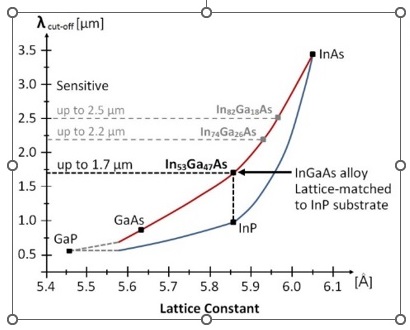
The new Goldeye XSWIR models are:

In these cameras the sensors are equipped with a dual-stage thermo-electric cooler (TEC2) to cool down the sensor temperature by 60K vs. the housing temperature. Also included are image correction capabilities like Non-Uniformity Correction (NUC) and 5×5 Defect Pixel Correction (DPC) to capture high-quality SWIR images beyond 1.7 µm.
Goldeye XSWIR cameras are available with two sensor options. The 1.9µm version detects light between 1,100nm to 1,900nm and the 2.2 µm version from 1,200 – 2,200nm.
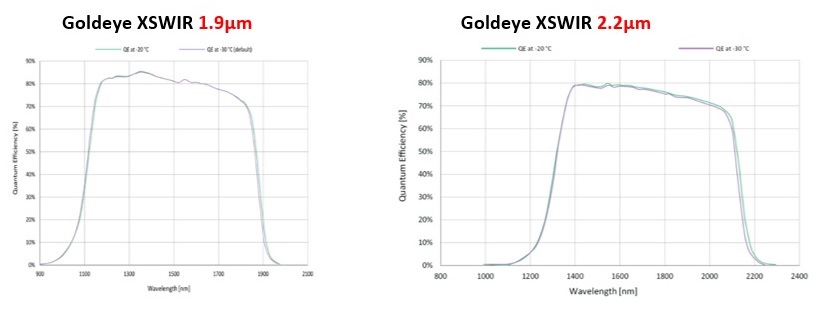
Industrial grade solution for an attractive price: Other sensor technologies available to detect light beyond 1,700 nm based on materials like HgCdTe (MCT), Type-II Superlattice (T2SL), or Colloidal Quantum Dots (CQD) tend to be very expensive. The Goldeye XWIR Extended Range (ER) InGaAs sensors have several advantages including cost-effective sensor cooling via TEC, high quantum efficiencies, and high pixel operability (> 98.5%).
MCT or T2SL sensor-based SWIR cameras typically require a very strong sensor cooling using Stirling coolers or TEC3+ elements. By comparison the Goldeye XSWIR cameras are available for a comparatively low price.
The easy integrability and operation of ER InGaAs sensors makes them attractive for industrial applications, including but not limited to:
- Laser beam analysis
- Spectral imaging in industries like recycling, mining, food & beverages, or agriculture
- Medical imaging: e.g. tissue imaging due to deeper penetration of longer wavelengths
- Free Space Optics Communication
- Surveillance
1st Vision’s sales engineers have over 100 years of combined experience to assist in your camera and components selection. With a large portfolio of lenses, cables, NIC card and industrial computers, we can provide a full vision solution!
Note: All images courtesy of Allied Vision Technologies.


